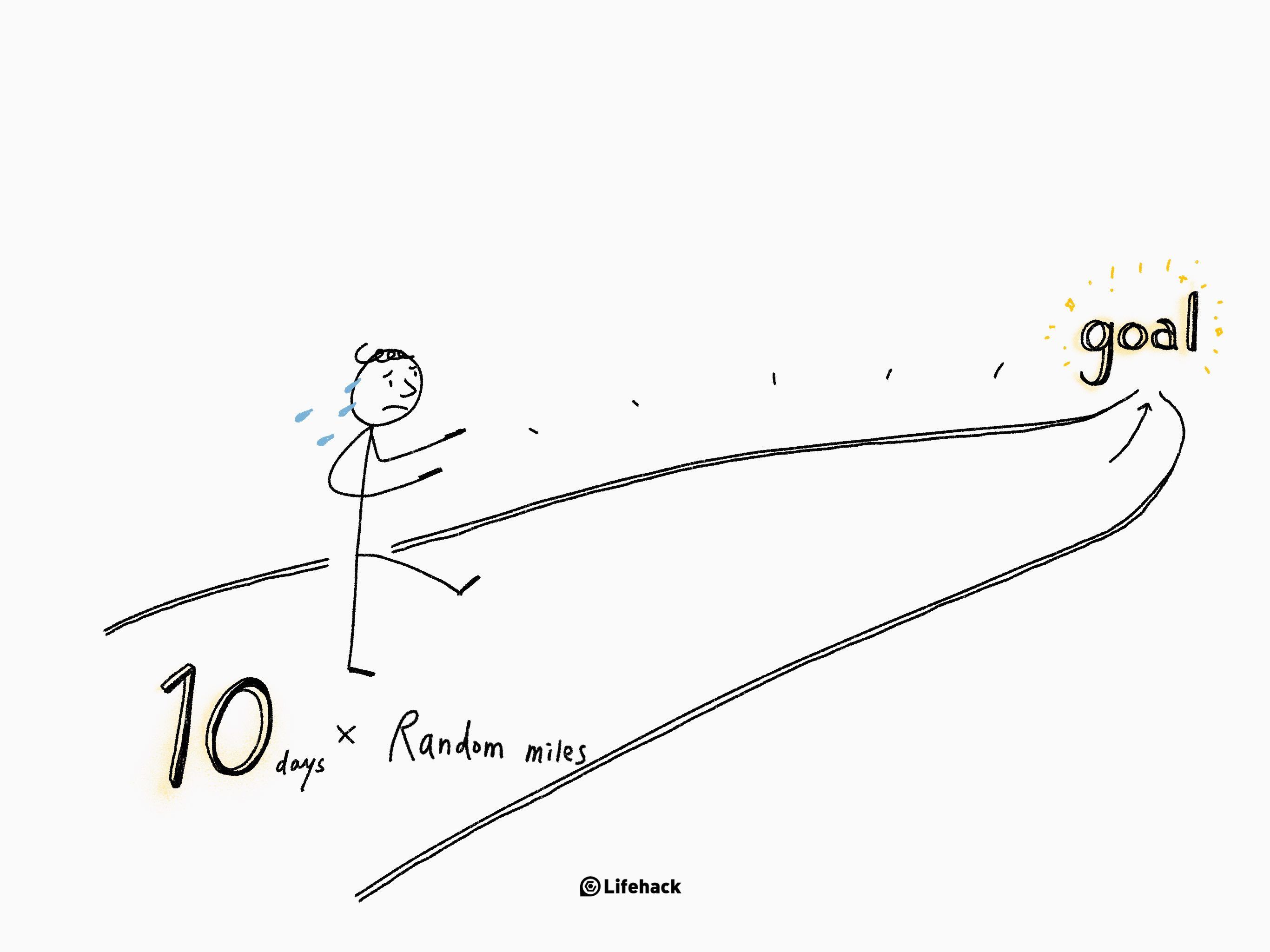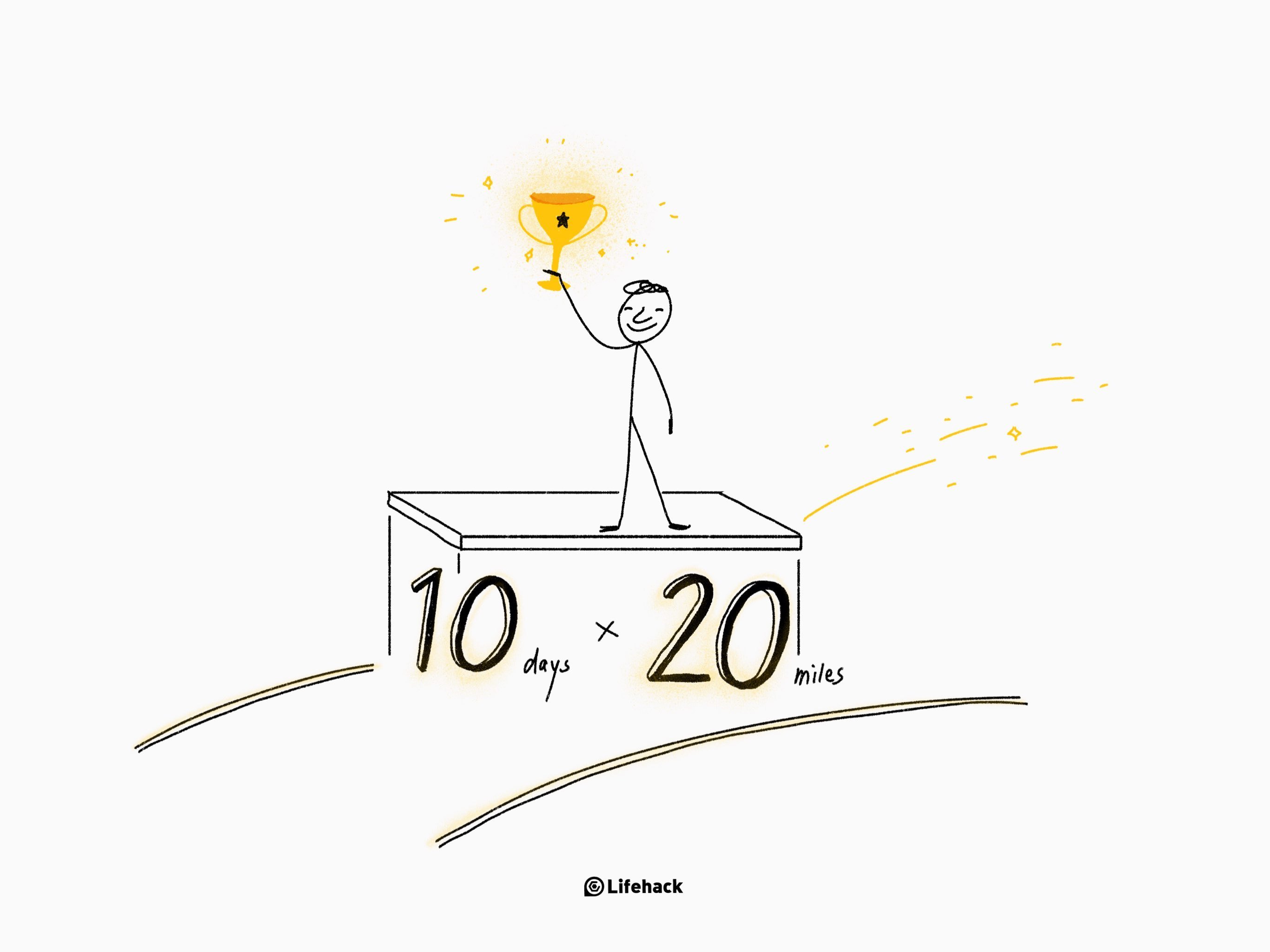Nearly 100 years ago, two legendary explorers, two great rivals Robert Falcon Scott, and Roald Amundsen and their teams, raced to be the first to reach the South Pole.[1] As they marched, neither knew the other’s progress, but marched on with incredible strength and tenacity. The two men were very different, Scott a military man, traditional and professional; Amundesen, a stone cold arctic explorer who sought to be the first to reach the pole at any cost.
In the end, it was Amundsen who got there first, Scott arriving a couple of days after. Amundsen turned and headed back, his journey home was largely without incident. Scott and his men, tragically, perished on the return.
Scott was an experienced navigator and explorer long before the south pole expedition. So why did Amundsen arrive days before Scott? What made Amundsen arrived first was his determination, tenacity, and his superior planning.
It is a story I have long been fascinated by. The sheer drama and heroism of it is incredible. Yet, thinking about it now, I realize that there is so much that can be learned by it, not just about exploration, or history, but in any great undertaking, no matter what it is.
The story is proof of the success of consistent progress, and something the writer Jim Collins calls the 20 Mile March. Where, he says, the key to success in something doesn’t lie in some natural ability or an individual’s personality, but consistent progress at all times.
The 20 Mile March
On the south pole exhibition, Scott intended to do two things: 1) reach the South Pole before anyone else and 2) conduct research and study the South Pole
Whereas Amundsen intended to only reach the South Pole before anyone else.
While Scott and his team were researching and studying, Amundsen was constantly on the move, constantly heading towards the pole. Sure, there may have been days where Scott and his men moved many miles further than Amundsen and his team had that day. But Amundsen’s perseverance kept him moving ever onward.
The story is proof of the success of progressive, consistent progress — marching for 20 miles no matter what condition.
Make the most of the 20 Mile March
Breaking down the 20 mile march idea, it is possible to see seven steps that you must undertake in order to benefit the most. These are:
1. Set performance markers
Before you start on something, the first thing you should do is set a minimum acceptable level of success. Having a minimum acceptable standard forces you to push yourself in a kind of productive level of discomfort.
It’s like the classic fable of the hare and the tortoise, the reason the hare ultimately lost the race is because he thought he needed to rest when he didn’t, he didn’t establish an acceptable level standard, and as such he lost to an opponent that was significantly slower than him.
2. Set up constraints, so you don’t push yourself too much
At the same time, it is just as important to set a constraint so you don’t push yourself too much and then burn out before you reach your goal.
This is encapsulated by the term “20 mile march”, in good conditions, and on a good surface, a person in good shape can cover 20 miles in roughly 6-7 hours. This amount pushes you, and it can be hard to maintain. At the same time, this 6-7 hours will afford you enough time to rest so you can continue the same pace the day after.
3. Ensure that your plan is tailored around you and the task at hand
Nothing worth doing is done easily, but to maximize your chance of success in a task or undertaking it is important to know not only your own strengths and weaknesses, but also the capabilities of those with you, for example your team mates, and to use this knowledge for your advantage.
Adapt your plan around everything and you could have the most effective, and most skilled team in the world. But if your plan revolves around someone being able to do something they can’t, then it’s a bad plan.
Even if you don’t have a team, the same rule applies. After all there is no point in setting yourself for a 20 mile march if you can’t walk.
4. Ensure that you’re independent from outside forces
Make sure your goals aren’t influenced by outside forces or influences. Another reason why Scott came second, and perhaps even why his expedition had such a tragic outcome, is because scientific groups at home were interested in research he was able to collect and any studies he was able to undertake. This made his mission more difficult and slowed him down.
Only you know best about your skills and abilities, and whatever your task is, remember that you will be the one undertaking it, as such, be the boss of it. Any decisions you make along the way or any limitations you put in place along the way will be far more useful and effective than decisions made from outside, this is for one simple reason you will be working from knowledge of the situation, and they will not.
5. Take control
This is a similar point to above. But it could prove to be unwise to leave your success in your endeavor up to the actions of others, even if that person is trustworthy and dependable, it is possible that something could happen which will leave the other person unable to fulfill their role in the plan, leaving you stuck, and unable to achieve your goal even if you are ready for it.
6. Have a time frame
As the first two points say, the right time frame is key, too short, then you risk pushing yourself too hard, being open to too much risk, or simply running out of time. Too long, then you risk ceasing to push yourself at all, risking the whole operation.
7. Be consistent
This last piece of advice is by far the most important. To succeed in anything, you need to keep moving forward, relentlessly and with consistency. It is inevitable that unexpected things will happen along the way, you may be moving into things you didn’t expect or plan for.
Returning to Amundsen and Scott, nobody had made it to the South Pole before, nobody knew what to expect. But if you operate with self control, with knowledge and careful thought, then none of it will matter.
Talent is overrated. The key to success doesn’t lie in any natural ability, but consistent progress at all times. Set yourself a clear goal, stick to your plan and make consistent progress and you’re getting closer to your goal every day.
Reference
| [1] | ^ | The Art of Manliness: What the Race to the South Pole Can Teach You About How to Achieve Your Goals |
















































